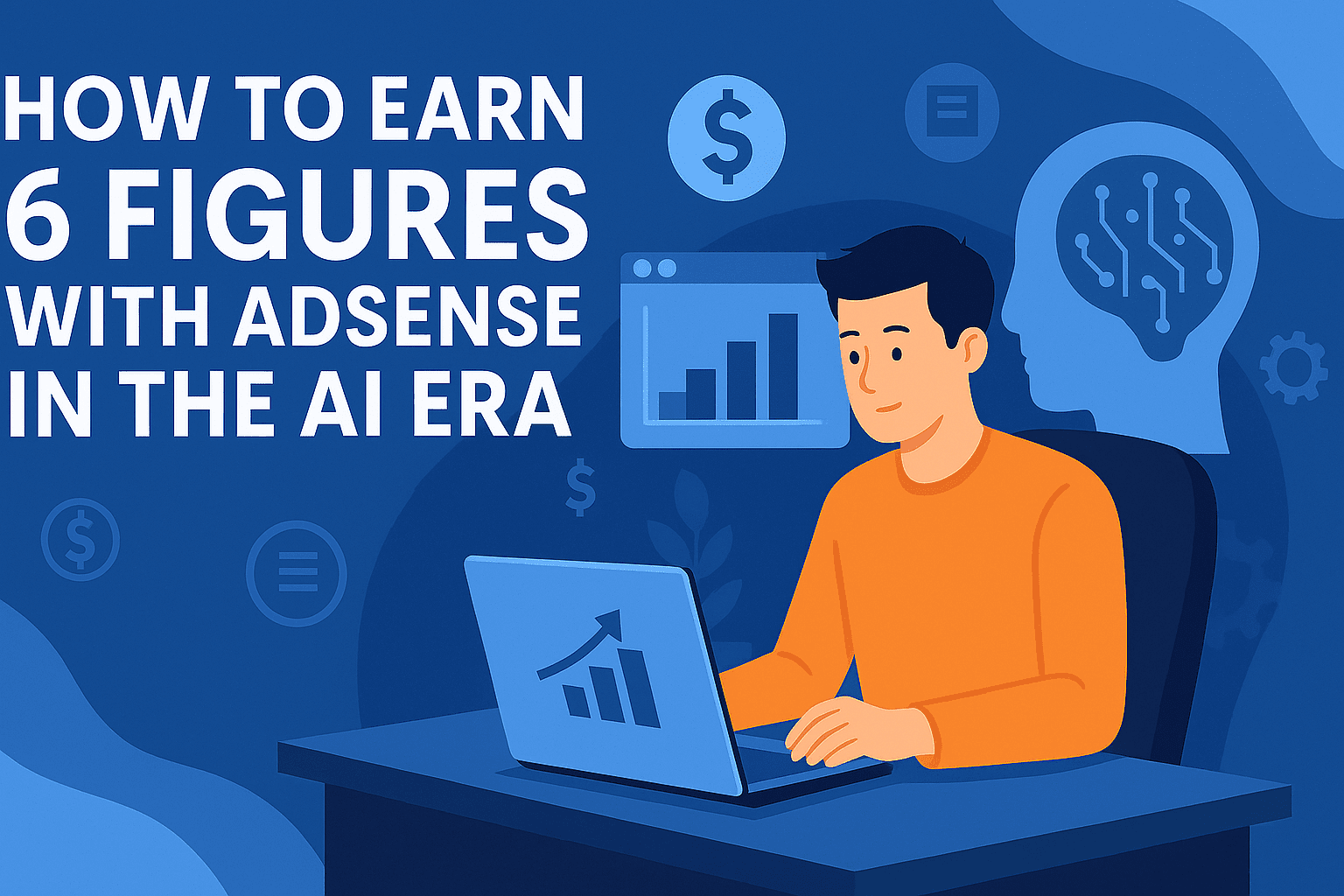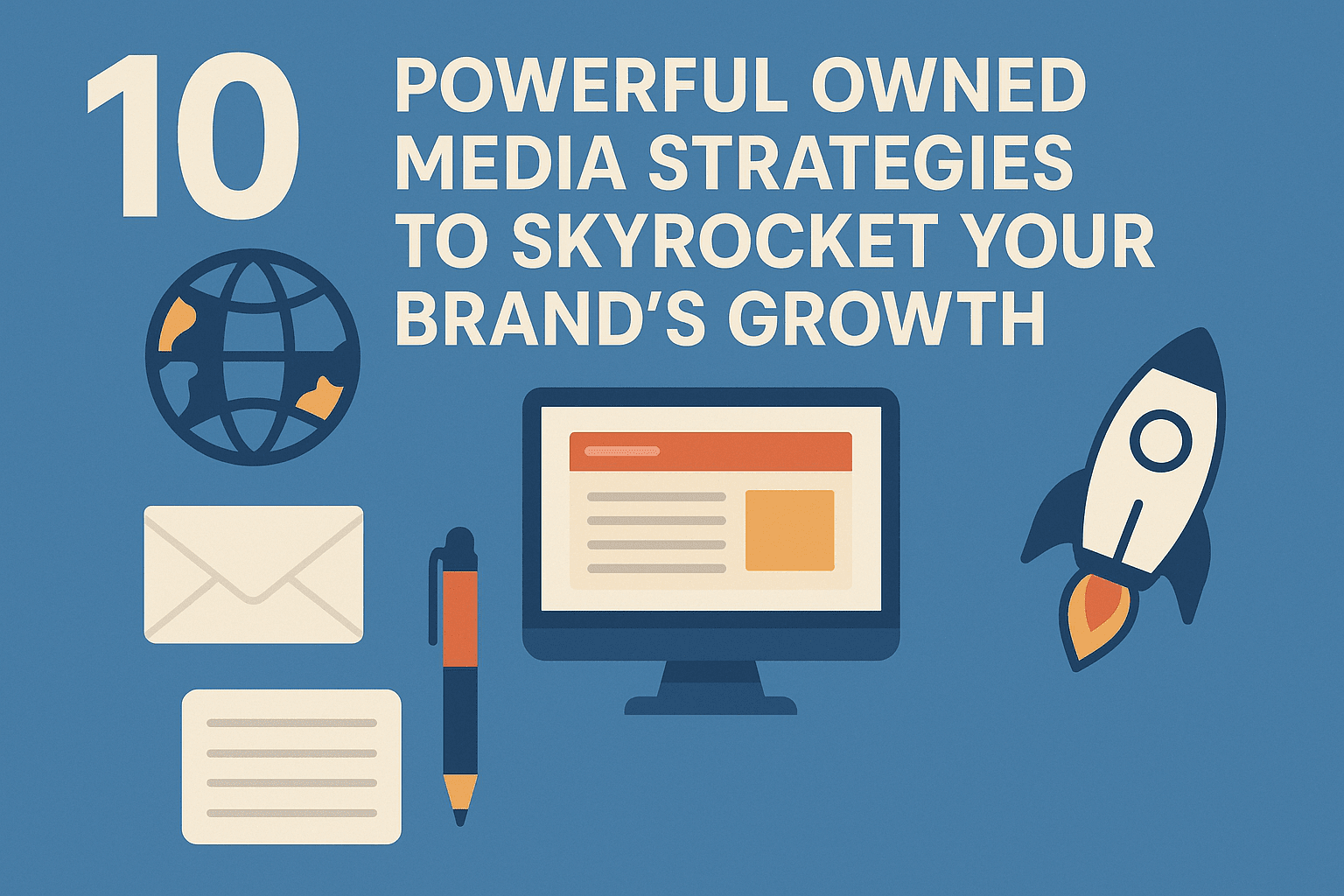Introduction to SEO in the AI Age
What’s Changed in the SEO Landscape?
Search Engine Optimization (SEO) has always evolved, but with the explosion of artificial intelligence (AI), the game has completely changed. Search engines like Google now use AI-driven algorithms like RankBrain and MUM to understand content intent better than ever.
That means keyword stuffing is dead. Long live intent optimization, natural language, and user satisfaction. And with these changes, new ways to earn real income from SEO have emerged.
Why AI is Reshaping Search Algorithms
AI can analyze massive amounts of data faster and more accurately than any human. In 2025, AI powers everything from content generation to user behavior predictions. This has led to:
- Semantic search dominance
- More featured snippets and AI answers
- Voice and image search rising
- User experience (UX) becoming a core ranking factor
That’s why learning how to make money from SEO in the AI era is about adapting to these shifts—not fighting them.
The New SEO Economy
The Rise of AI-Optimized Content
AI isn’t your enemy—it’s your tool. Entrepreneurs and marketers are using AI to generate blog posts, cluster content, and analyze competitors. What once took weeks now takes hours.
This is the foundation of a booming SEO economy where speed, scale, and smart strategy pay off.
From Keywords to Intent: SEO in 2025
Google now understands context, synonyms, and user journey paths better than ever. Instead of optimizing for “best hiking boots,” savvy SEOs optimize for “what should I wear hiking in wet conditions?”
It’s no longer about what users type, but what they mean—and how your content answers it.
Top 7 Ways to Make Money from SEO in the AI Era
Let’s break down the most profitable strategies in 2025:
1. Offer AI-Enhanced SEO Services to Clients
With small businesses needing SEO but lacking the know-how, there’s massive demand for SEO freelancers and agencies.
Tools You Need:
- SurferSEO or Frase (AI content optimization)
- Jasper or Writesonic (AI writing)
- Ahrefs or SEMrush (Keyword/Competitor Research)
Pricing Models:
- Monthly retainers ($500–$5,000+)
- Pay-per-project
- Revenue share deals
2. Launch a Niche Affiliate Blog Powered by AI SEO
Affiliate marketing still thrives—especially when combined with AI-powered blog building.
Steps to Succeed:
- Use AI to generate keyword clusters
- Target underserved, high-converting niches (e.g., sleep gear, remote work tech)
- Write SEO-rich articles with human editing
💰 Income Potential: $1,000–$20,000+ per month depending on traffic and conversions.
3. Create and Sell SEO Courses and Ebooks
If you’re good at SEO, teach it.
Platforms to Use:
- Gumroad
- Podia
- Udemy or Teachable
Bundle your AI + SEO knowledge into guides like:
- “Ranking on Google with AI Content in 30 Days”
- “The Freelance SEO Blueprint in the AI Age”
You can also upsell private consulting or coaching.
4. Build AI-Driven SEO SaaS Tools
Are you a coder? Build tools for keyword clustering, automated backlink outreach, or AI content auditing.
Monetization Ideas:
- Monthly subscriptions
- Lifetime deals via AppSumo
- Agency plans
💡 Example: A GPT-powered long-form content generator with semantic SEO built-in.
5. Become a YouTube SEO Consultant for AI-Driven Content
YouTube is the second-largest search engine. With AI tools, you can analyze video transcripts, automate captions, and optimize metadata.
Offer services to:
- Creators
- Coaches
- Businesses doing video marketing
Charge per video or monthly retainers. Use TubeBuddy or VidIQ with ChatGPT prompts for an edge.
6. Flip AI-Optimized Websites
Build, rank, and sell websites like digital real estate. AI makes content creation fast and scalable.
Steps:
- Choose a low-competition niche
- Build content clusters with AI
- Add monetization (ads, affiliate)
- Rank for 6–12 months
- Flip on EmpireFlippers, Flippa, or Motion Invest
Sites can sell for 20–40x monthly revenue.
7. Monetize SEO Through Freelancing Platforms
Gig platforms are still goldmines if you offer specialized AI SEO services.
Where to Start:
- Upwork
- Fiverr
- Freelancer
Popular Gigs in 2025:
- “I will optimize your site using AI tools”
- “AI SEO audit + growth plan”
- “Rank your blog using GPT SEO”
How to Leverage AI for Smarter SEO Strategies
AI can now handle:
- Keyword research (NeuronWriter, MarketMuse)
- Internal linking (LinkWhisper)
- Competitor content gap analysis
- NLP optimization
The Role of E-E-A-T in AI-Powered Search
Establishing Authority in Your Niche
Even in the AI era, Google still values human expertise. That’s where E-E-A-T (Experience, Expertise, Authoritativeness, and Trustworthiness) becomes your secret weapon. When you’re building AI-generated content, it’s crucial to embed:
- Personal experiences
- Author bios with credentials
- Real-world case studies
- Testimonials and reviews
By layering in your own authority, you signal to search engines—and readers—that you’re more than just another AI content machine.
AI Doesn’t Replace Trust
Trust is currency. If your readers trust your content, Google will reward you. Use real data, back up claims, and cite trustworthy sources. Combine this with schema markup, clear site architecture, and fast-loading pages for maximum SEO power.
Case Study: $10K Monthly from an AI SEO Blog
Step-by-Step Breakdown
Let’s look at how one digital entrepreneur scaled a blog to $10K/month in under 12 months using AI and smart SEO.
| Stage | Action | Tool Used |
|---|---|---|
| Niche Selection | Chose “home office productivity” | Google Trends |
| Keyword Research | Found 500+ low-competition keywords | LowFruits + Ahrefs |
| Content Creation | Published 150 articles | KoalaWriter + SurferSEO |
| Monetization | Display ads + affiliate products | Ezoic + Amazon |
| Scaling | Added email list + lead magnets | ConvertKit |
Tools, Tactics, and Timeline
By consistently publishing AI-generated but human-edited content, this blog built topical authority. Traffic rose, domain authority grew, and within a year, the site had multiple income streams. After 14 months, it was flipped for $140,000.
Pitfalls to Avoid When Using AI for SEO
1. Content That Feels Robotic
Even the best AI tools can create bland, repetitive text. Always humanize your content with tone, voice, and real insights.
2. Over-Optimization
Using AI can lead to keyword stuffing or unnatural phrasing. Be sure to check content readability and flow. Google penalizes “overly optimized” pages.
3. Ignoring Updates
AI and SEO tools evolve fast. Don’t get complacent. Subscribe to SEO newsletters, track Google’s algorithm changes, and adjust your strategy quarterly.
Future-Proofing Your SEO Income
Staying Ahead of Google Updates
The best way to stay future-proof is to build a brand around your content. Whether it’s a blog, newsletter, or YouTube channel—invest in assets that grow over time.
- Own your traffic via email lists.
- Diversify income streams (ads, courses, consulting).
- Use AI to scale but human insight to lead.
Building Personal Brand
People trust people—not robots. Share your SEO journey, wins, and failures. Engage on LinkedIn, X (formerly Twitter), or niche forums. You’ll attract better clients, backlinks, and opportunities.
FAQs on How to Make Money from SEO in AI Era
1. Can beginners make money with SEO in 2025?
Absolutely! With free AI tools and countless tutorials available, even beginners can start ranking content and earning affiliate or ad income.
2. Is AI replacing SEO professionals?
No, AI is enhancing what professionals can do. Strategic thinking, content planning, and relationship-building still need human expertise.
3. What are the best niches for AI SEO blogs?
Emerging niches like mental wellness tech, eco-living, remote productivity tools, and pet health are ripe for AI SEO monetization.
4. How much can I earn from AI-optimized affiliate blogs?
Depends on niche and traffic. Some earn $300/month, while others exceed $30,000. The key is scaling content and choosing the right offers.
5. Do AI-written articles rank well on Google?
Yes—if they’re edited for readability, include E-E-A-T signals, and provide genuine value. Pure AI spam won’t last.
6. What’s the best AI tool for SEO in 2025?
Top options include KoalaWriter, NeuronWriter, MarketMuse, Frase, and SurferSEO. Choose based on your workflow and budget.
Conclusion: The SEO Gold Rush Isn’t Over—It’s Just Smarter
The AI revolution in SEO isn’t a threat—it’s a massive opportunity.
Whether you’re a freelancer, entrepreneur, or full-time blogger, learning how to make money from SEO in AI era means using smart tools, focusing on real user needs, and building lasting assets.
The playing field is more level than ever.
So, gear up, get strategic, and ride the wave—because the future of SEO is intelligent, scalable, and wildly profitable.

![How to Make Money from SEO in AI Era [2025 Guide]](https://growthegy.com/wp-content/uploads/2025/07/How-to-Make-Money-from-SEO-in-AI-Era.png)



